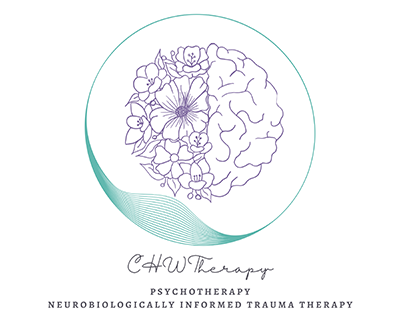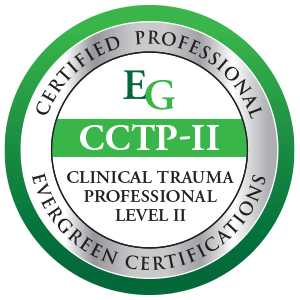Trauma Informed Therapy from a Neurobiological Approach
Advances in neuroscience science over the last few decades have dramatically altered the way we think about therapeutic work with survivors of trauma. It is very important we understand the links between our mind, brain and body, especially the autonomic nervous system and the various states of arousal and regulation.
This neurobiological approach focuses on what happens in our brains and bodies when we go into survival mode either when we perceive threat or experience real threat. As a consequence of prolonged or frequent survival responses in our nervous systems can become dysregulated and the responses of fight, flight, freeze, attach and submit play out in our lives without us understanding these responses.
I am informed in various models that provide a way of understanding and working with a nervous system that is dysregulated as a result of trauma.
Some of the key models I draw upon include:
Sensorimotor Psychotherapy™
Sensorimotor Psychotherapy is a body-centred approach developed by Pat Ogden that aims to treat the somatic symptoms of unresolved trauma by paying close attention to the bodily experiences of the individual as a way of gaining to awareness. It is understood that traumatic experiences may become trapped deep within the body, with those who are affected sometimes completely unaware of the existence of unresolved trauma.
By interweaving this focus on the somatic experience with the traditional talking therapy, the unresolved trauma can be explored. What this looks like in therapy sessions is careful attention to the body and sensations and responding to this information. There are ways we can attend to certain bodily sensations that help the system to regulate. Sharing information about the way the nervous system works – psychoeducation - can be very useful so we can understand what is happening to us. Sensorimotor approaches may include mindfulness techniques.
Somatic Experiencing (SE™)
Developed by Peter Levine, Somatic Experiencing (SE™) aims to resolve symptoms of stress, shock, and trauma that accumulate in our bodies. We may become stuck in survival responses of fight, flight, or freeze and the SE model is based on supporting release, recovery and building resilience.
Like Sensorimotor Psychotherapy it is a body-oriented therapeutic model that integrates very well with the psychodynamic psychotherapy process.
Polyvagal Theory
Polyvagal theory was developed in 1994 by Stephen Porges. The theory is based on an evolutionary, neuropsychological understanding of the role of the Vagus Nerve in emotion regulation, social connection, and the fear response. Polyvagal theory supported a new understanding of trauma and recovery by providing for the first time a physiological explanation for the experience of trauma survivors. Polyvagal Theory helps us understand what is happening on a biological level when emotionally dysregulated or stuck in adaptive survival states, such as fight, flight, freeze, or numb.
Internal Family Systems
IFS is frequently used as an evidence-based psychotherapy. Internal Family Systems Therapy (IFS) offers a compassionate, non-pathologizing approach to healing the wounded, burdened, and traumatized parts of our systems with the aim to increase internal harmony and connection. IFS considers every human being as a system of protective and wounded inner parts led by a core Self and that the mind is naturally multiple. Just like members of a family, inner parts are forced from their valuable states into extreme roles within us. The concept of Self is important in IFS.










